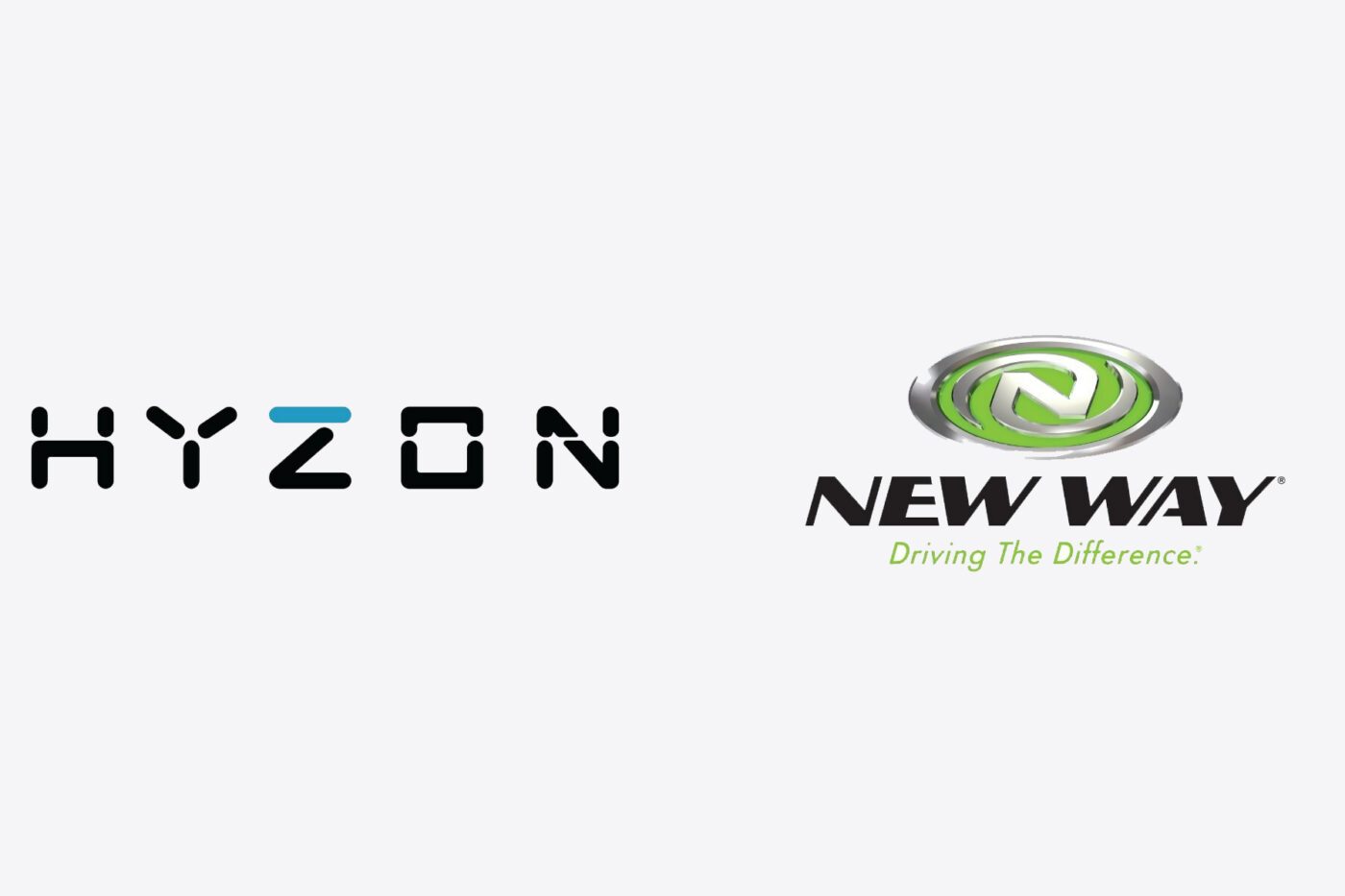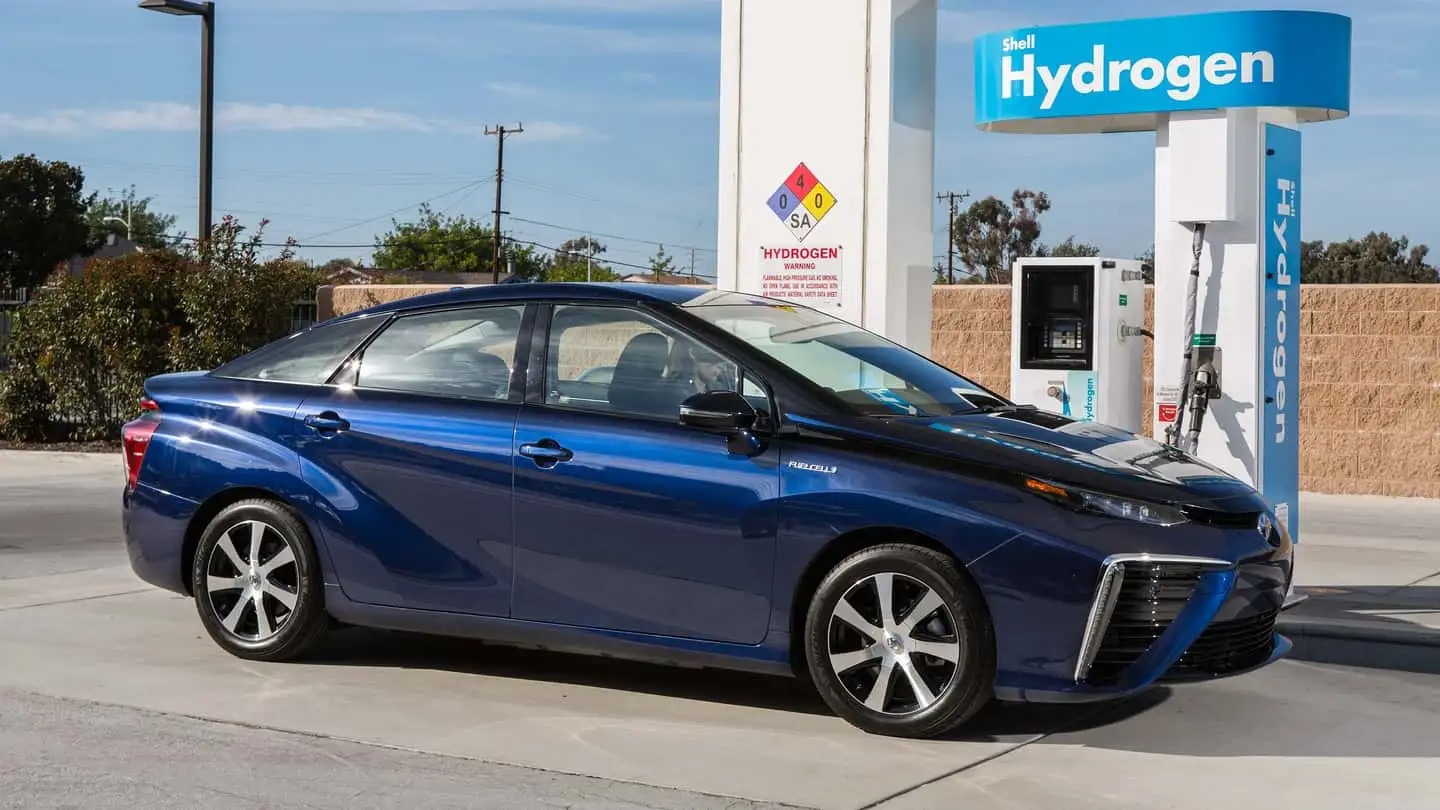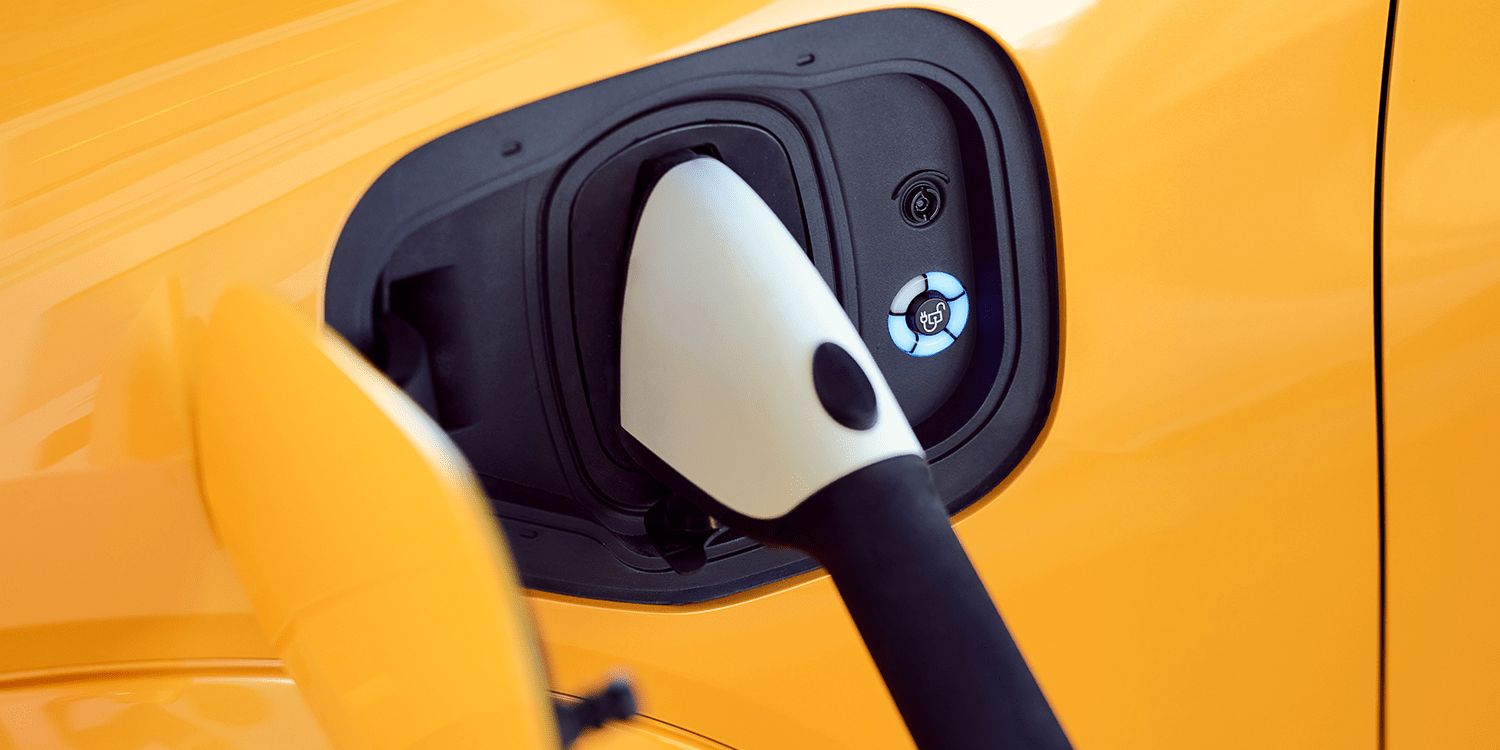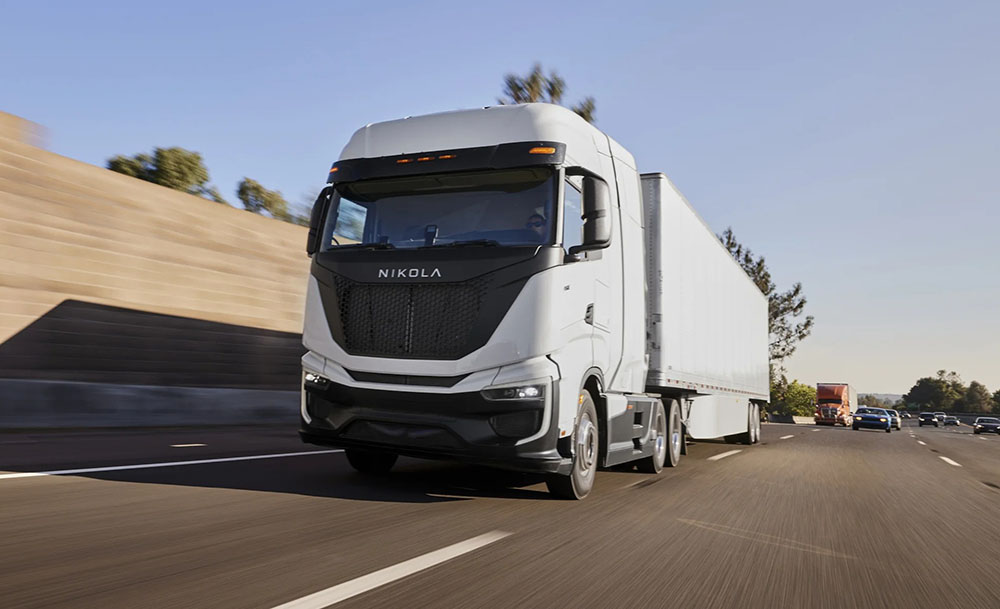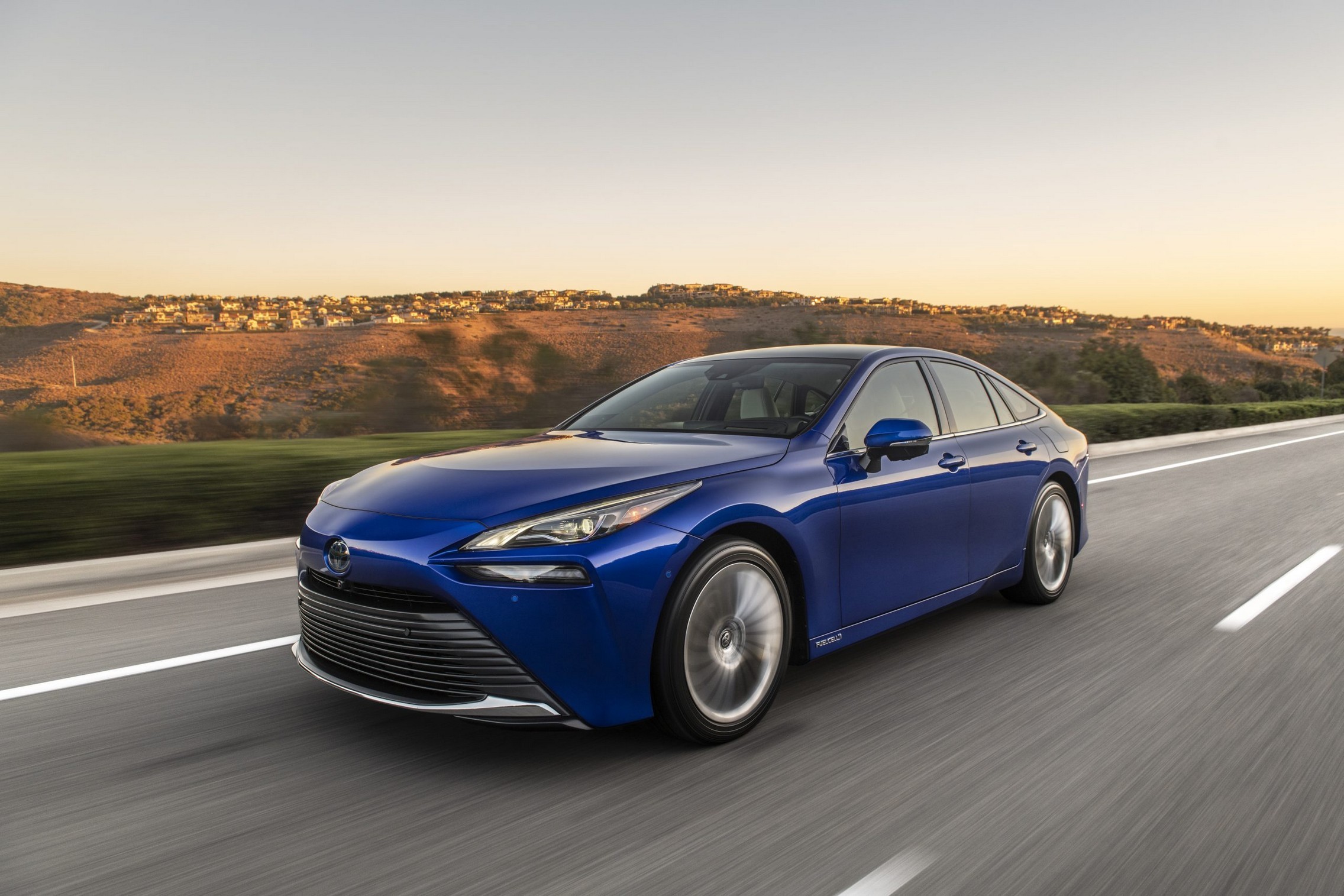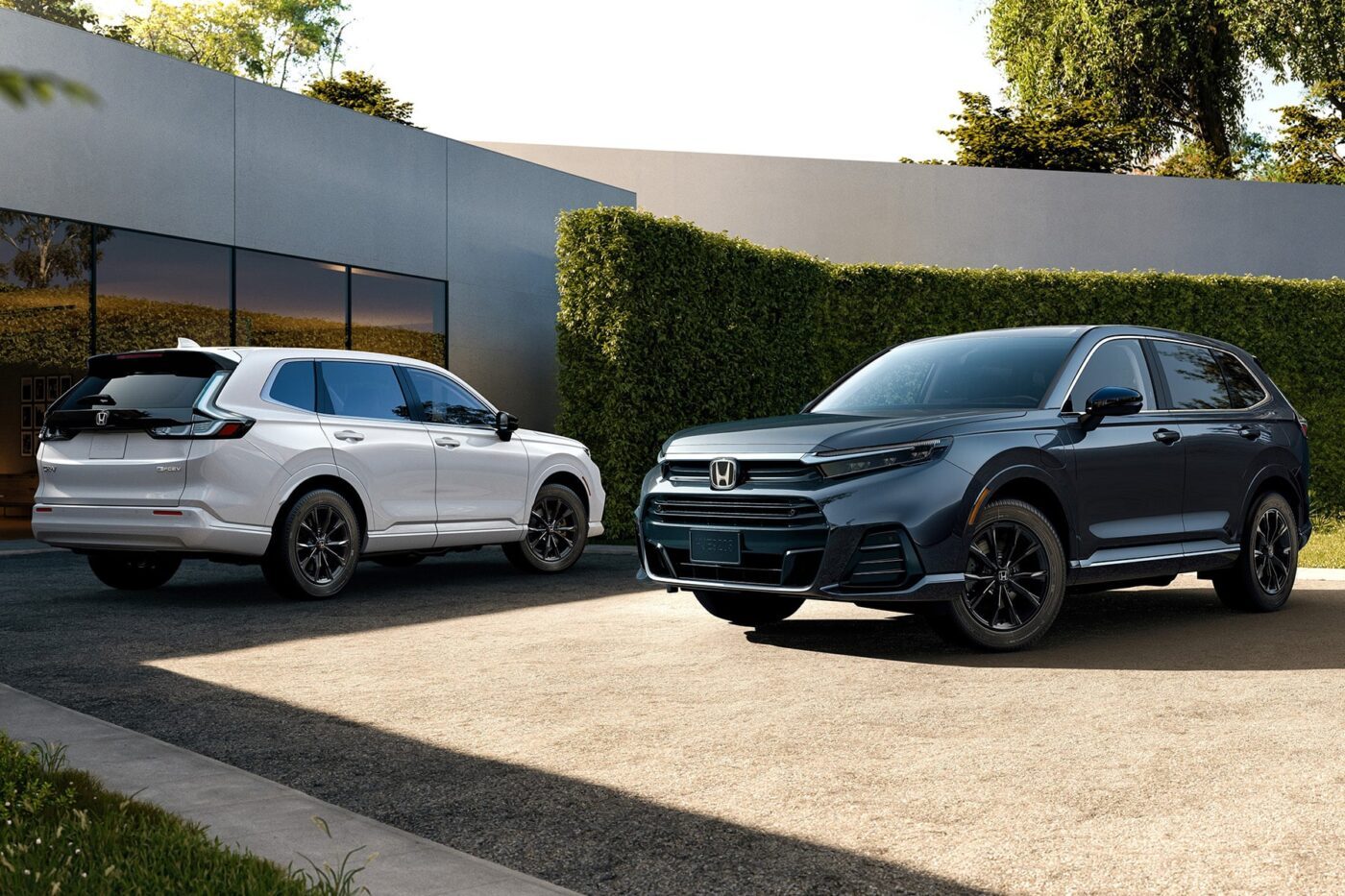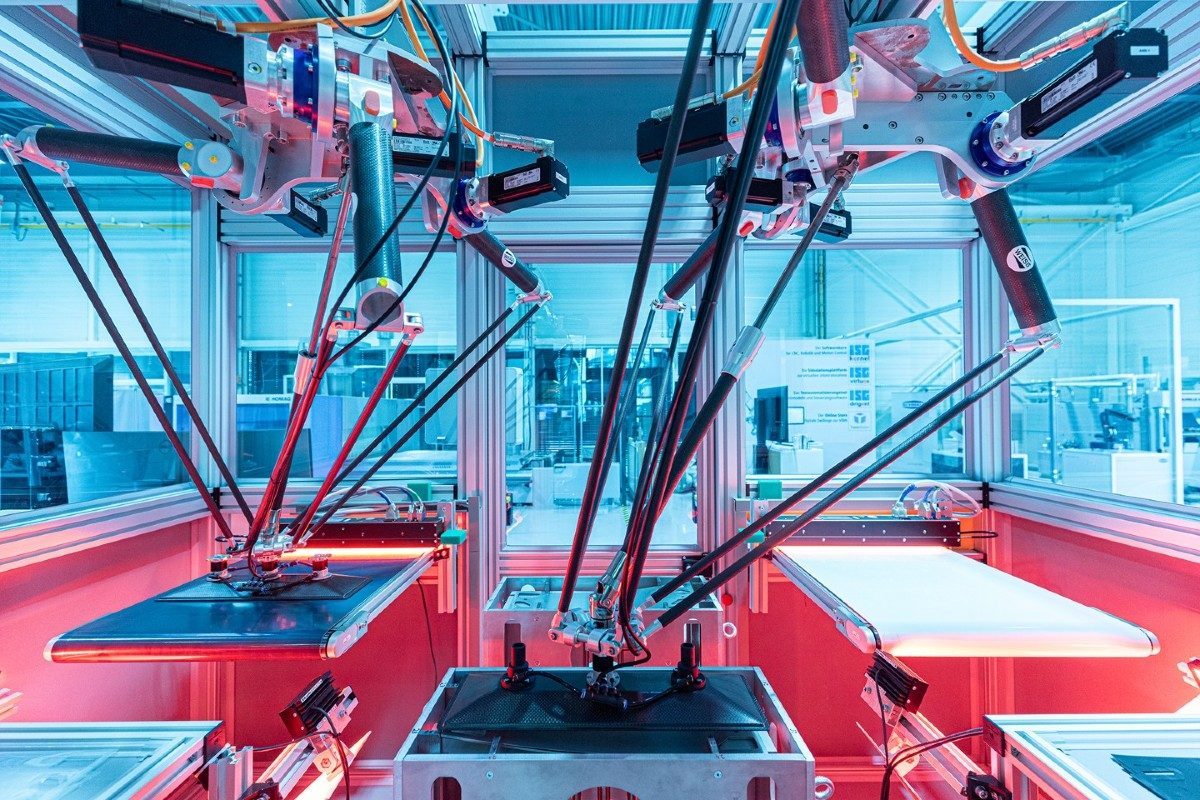Hyzon Motors, a fuel cell specialist, and New Way Trucks have announced a collaboration to develop fuel cell-powered refuse collection vehicles for the North American market. The companies aim to commence pilot tests with North American customers in the first half of 2024, with plans to deliver the first fuel cell trucks to American customers by 2025.
As part of the partnership, Hyzon will supply its fuel cell technology and powertrain for integration into New Way refuse collection vehicles. New Way will oversee the supply and integration of the prototype’s Sidewinder XTR automated side-load refuse body.
“New Way has a successful history of deploying alternative powertrain refuse equipment across North America,” said Don Ross, Chief Sales Officer at New Way Trucks. “Partnering with Hyzon to bring the continent’s first Class 8 FCEV refuse collection vehicle to life is a significant step in helping our customers meet their sustainability and decarbonization objectives.”
Hyzon believes that transitioning to fuel cell alternatives for refuse trucks could make a significant impact on reducing the region’s CO2 footprint, considering the approximately 120,000 operational refuse trucks in North America. The company has already demonstrated the viability of its fuel cell technology in the field through a successful deployment in Australia since October 2023, in collaboration with Remondis Australia, a global leader in recycling and waste management.
“Zero emission hydrogen fuel cell technology is the key to reducing emissions from many hard-to-abate industries, including refuse collection,” said Parker Meeks, Chief Executive Officer of Hyzon Motors. “Hyzon is primed to begin this partnership with New Way as we pursue a shared goal of decarbonizing the refuse industry.”
Hyzon Motors, headquartered in Rochester, N.Y., with operations in Chicago, Detroit, and international offices in several countries, sees hydrogen fuel cell technology as a viable replacement for traditional diesel engines in heavy industries. Meeks emphasized the successful demonstration of the technology’s capabilities in Australia as evidence of its potential to address challenges associated with other zero-emission technologies.

